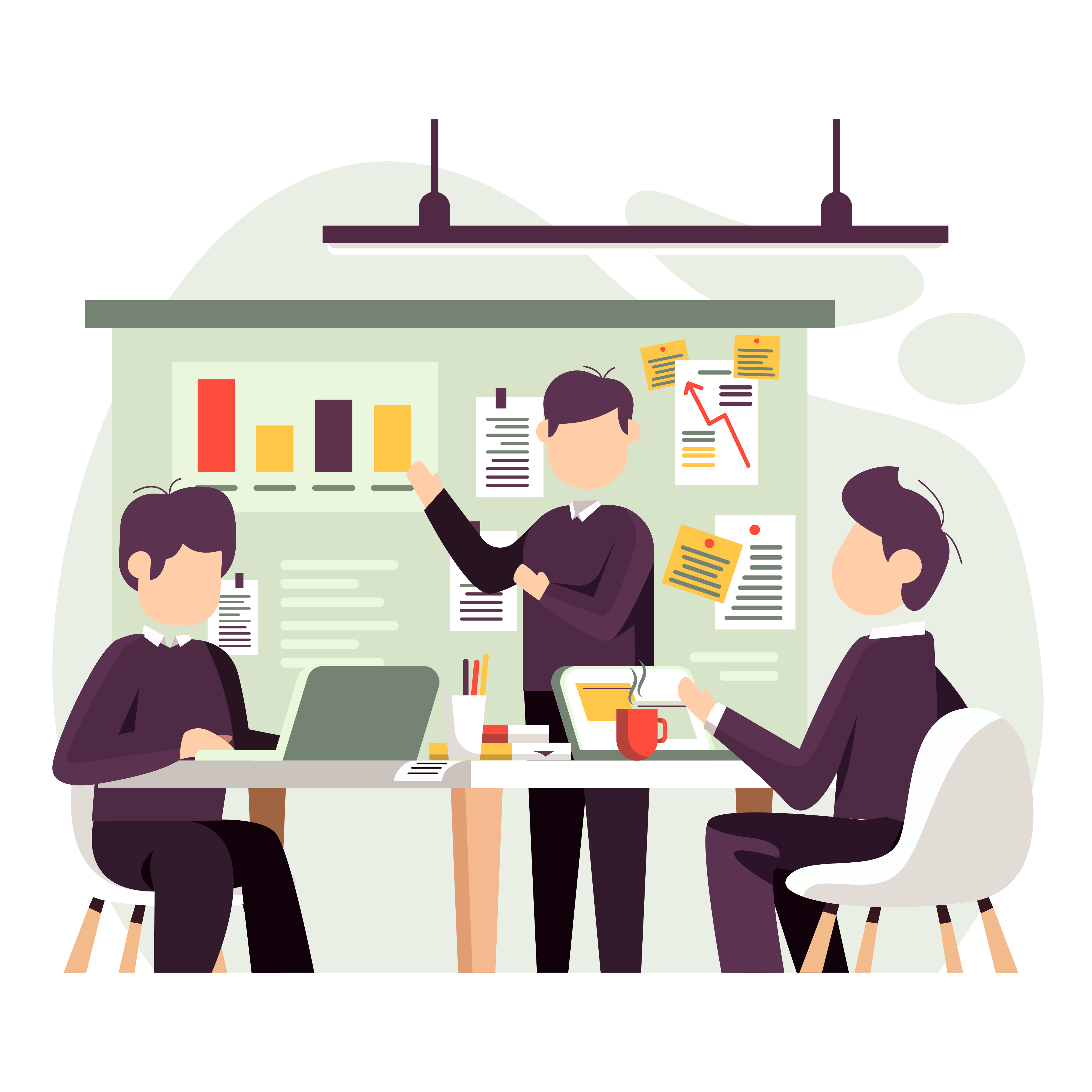In today’s rapidly evolving business landscape, investing in people has become as important as investing in technology. Employees are no longer just contributors to daily operations; they are strategic assets whose skills, adaptability, and engagement determine whether a company can thrive in a competitive market. This is why effective employee training strategies are vital. Modern workplaces face shifting demands, from digital transformation to hybrid work arrangements, and organizations must design training programs that address these needs while also fostering long-term growth.
Why Is Employee Training Important for Company Growth?
The importance of training goes far beyond teaching employees how to perform specific tasks. Training serves as a foundation for company-wide resilience, enabling employees to adapt to new challenges and contribute at higher levels. When organizations invest in structured corporate training programs, they foster not only individual growth but also collective advancement. Companies with strong training practices typically experience lower turnover, improved innovation, and stronger customer satisfaction. Training ensures that employees remain aligned with strategic goals while building confidence in their roles, which directly translates into better performance and competitive advantage.
For example, a business that invests in skill development training for its sales team not only enhances immediate performance metrics like conversion rates but also builds a more capable workforce that can tackle new markets, adopt evolving tools, and deliver consistent results. In this way, training becomes a growth engine, not just an HR obligation.
What Are the Most Effective Types of Employee Training?
There is no one-size-fits-all approach to training, but several methods consistently prove effective in modern workplaces. Onboarding programs are essential for new hires, equipping them with both practical knowledge and cultural integration. Beyond onboarding, organizations should provide continuous learning opportunities, from workshops and mentorship to formal leadership development tracks.
Increasingly, online employee training platforms are becoming indispensable. These digital systems allow companies to deliver scalable, flexible, and interactive training modules to employees regardless of location. Virtual simulations, e-learning courses, and gamified training sessions make learning more engaging and help employees retain knowledge more effectively. Blended learning, which combines online training with in-person sessions, has also proven highly effective because it accommodates different learning styles and schedules. Ultimately, the most successful training programs are those tailored through careful training needs assessment, ensuring that they address both organizational objectives and individual career aspirations.
What Is the Difference Between Onboarding and Continuous Training?
A common misconception is that training ends after the onboarding phase. In reality, onboarding and continuous training serve different but complementary purposes. Employee onboarding is designed to help new hires acclimate quickly, covering essential policies, procedures, and role-specific skills. Done well, onboarding also introduces company culture and builds a sense of belonging. Many employee onboarding tips emphasize structured programs that last weeks or months, rather than rushed orientations that overwhelm employees with information.
Continuous training, however, is an ongoing commitment to learning. It equips employees with updated knowledge as industries, technologies, and customer expectations evolve. For instance, software engineers might need frequent updates on coding languages, while marketing teams may require regular training on analytics tools and digital trends. This sustained approach not only keeps employees effective in their current roles but also prepares them for future responsibilities. Together, onboarding and continuous training create a comprehensive learning ecosystem that supports long-term retention and engagement.




